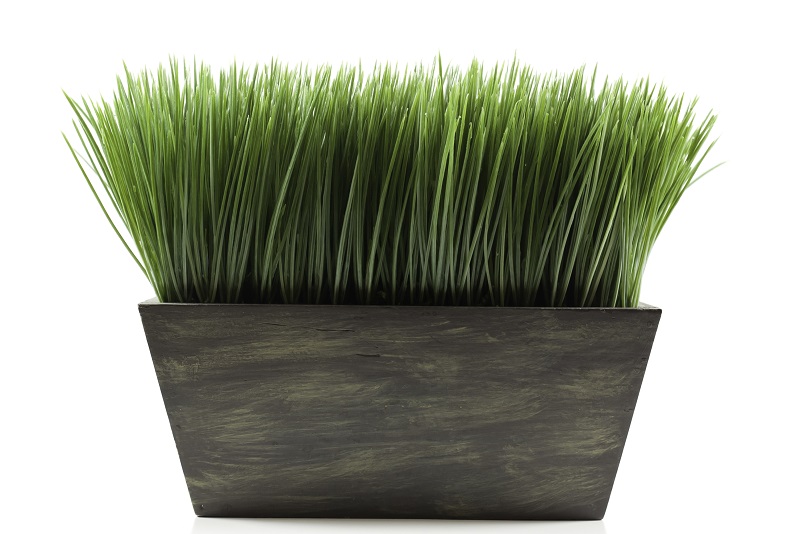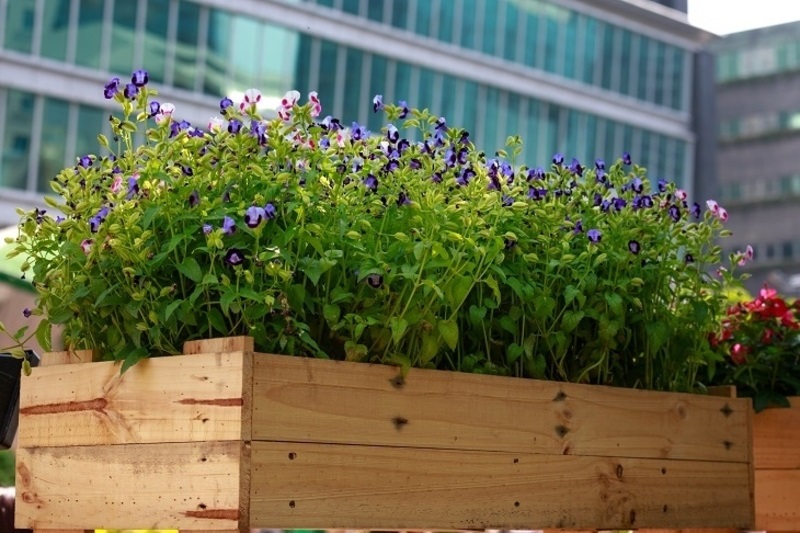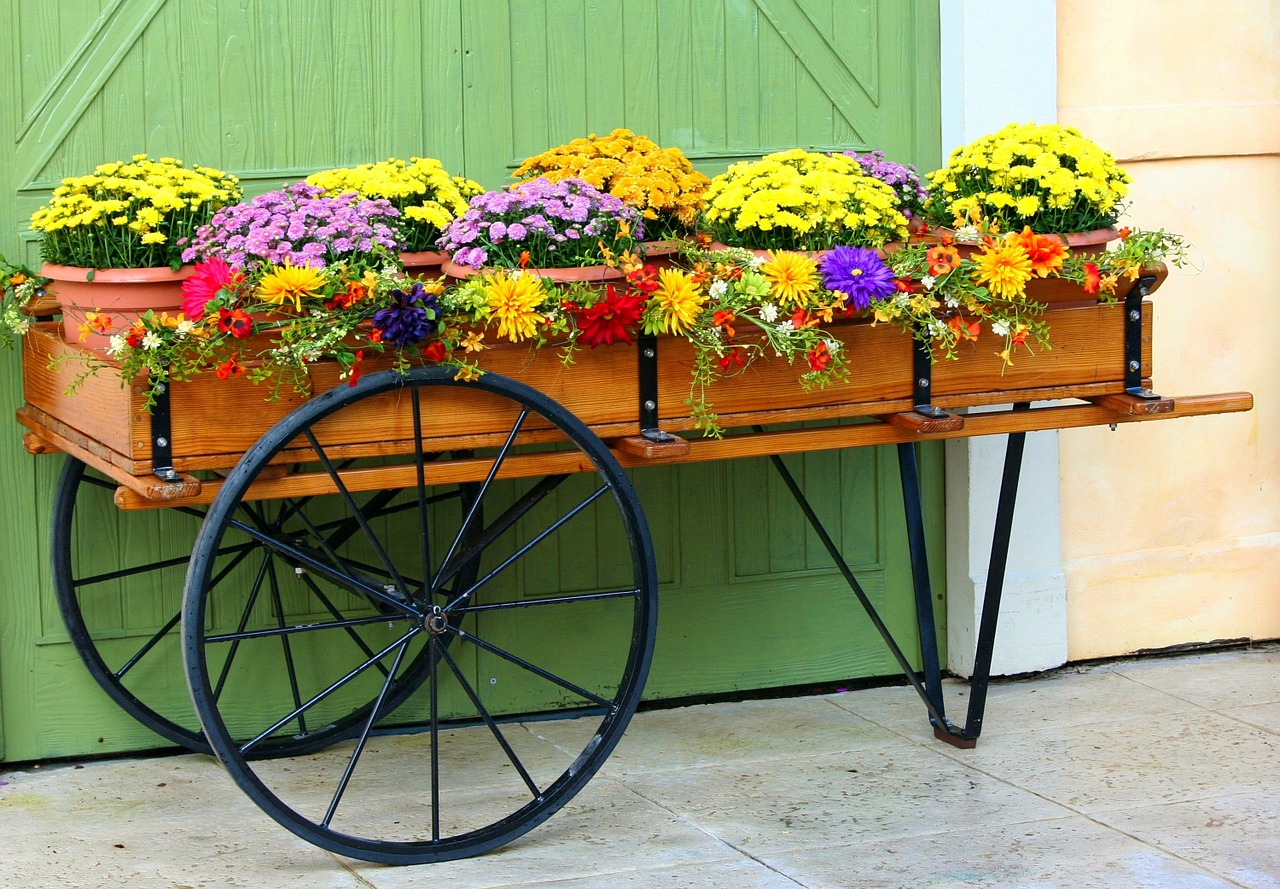Gardening on a typical landscape is something very familiar to us. But, in the present day of congested living spaces, having a spacious garden could be a distant dream. For any gardening enthusiast, having a planter box is inevitable. Nevertheless, if you have a house with a small or big yard, you could consider not using one at all. But if you are living in a place where you have no space for garden then planter boxes can fulfill your dream of gardening. With so many wide variants of planter boxes available in the market, you have plenty of options of how to grow your herbs, plants, and vegetables in a hassle-free manner.

There Are Various Types of Planter Boxes Available in The Market:
Mobile planter boxes
These are usually made of lighter materials, which can be moved indoors when outdoor is cold enough for the plant to survive. You can also move these boxes when you need to reorganize your garden.
Raised planter boxes
A raised planter box is especially helpful for old people, who cannot get on to their knees for taking care of the plants. Raised boxes also provide you plenty of storage spaces underneath them. They are also found to have significantly reduced the intruding weeds. Additionally, more compact plant placement is possible, as the nutrient density in such boxes is very high.
Tiered planter boxes
These are customized and very stylish boxes which are mostly used for indoor plants. These types of planter boxes provide an unmatched ambiance to your home. They also keep the plants within your reach.
Some Important Facts About Planter Boxes:
Depth of planter boxes
A significant area of concern is the depth of the planter box. The planter box you intend to use must be deep enough to hold the plant properly. Approximately, 6 inches of soil should be a minimum requirement. Few garden plants require around 6 inches of soil for their root to grow. Vegetable like carrots and tomatoes might require up to 12 inches deep soil. Make sure to leave enough space to let the roots grow and help nourish the plant.
Diagnosis of problems
When the root does not have adequate growing space, they crumble. This will directly impact the nutrient taking ability and photosynthesis of the plant, which will, in turn, influence the yield. You might also see visible symptoms like Chlorosis (yellowing of leaves), wilting, and premature leaf shedding in such plants. Deep and wide planter boxes protect the roots of the plant from extreme external heat and cold. Also, if the box has more soil you would require less watering; than a shallow box which will require more frequent watering.

Advantages
There are many advantages to using container or planter boxes. Firstly, you can quickly grow plants that usually do not grow in your soil, by merely altering the nutrient content of the soil to be placed in your planter box. Secondly, you can remodel landscape as and when your mood changes. Thirdly, your extremely precious plants can be protected against harsh weather.
The Material used
Some of the materials used for constructing the planter box are cinderblock, wood, concrete, rock, steel, etc. Among these, portability of wooden boxes is the highest. If you are planning to build one on your own, wood would be your best option. You can also put your innovation at work if you wish to design some planter boxes of your own.
Conclusion:
Many unique designs of planter boxes are available in the market. A simplest of home-made planter box would be to get a wooden box and drill some holes in it and start layering with mud and gravel and proper nutrients. All you need to ensure is that whichever planter box you select or make has enough breathing space to hold the roots of the plant. Let your plants flourish and give you fresh air to breathe.


I so wish I had a garden so I could plant some gorgeous boxes like these. GReat advice for budding gardeners!
I have some pallets that I hope to make in to planters.
We have a big garden but it’s a weird layout and I want to make the most of the patio area that you can see from the house x
I make planters out of all sorts of things that over the years has included old drawers, old boots, a toilet and old ski helmets made into hanging baskets! Would definitely say always go as deep as you can to retain as much water as possible.
This is so handy, as I want a planter for outside the front of our house, for colour. I didn’t realise there was so much to think about! Have pinned this post to refer back to. Xx
What a great post. I keep meaning to get into planting but I can’t seem to even make a flower survive indoors lol
This is a great idea for those with us with no gardens, I can now have my mini garden on the balcony. Thanks for the info
Love reading these ideas. I would love some planter in the garden. I am waiting for all the rain to stop so I can get started.
Great advice, it is lovely to add some colour to the garden in summer!
One of my goals, this year s to try gardening and e are already half way and still not started with it. Haha but thanks for sharing this at least it reminds me with of what I’ve planned and gives me an idea about the diff planter ox.
Such a useful post for beginner gardeners! I’d love to do a bit more too.
This is such a useful post. I’m useless when it comes to gardening!